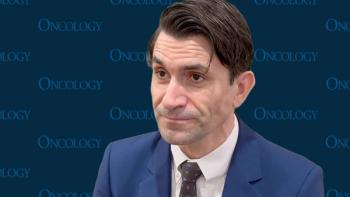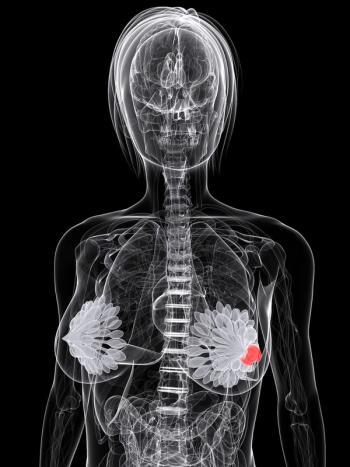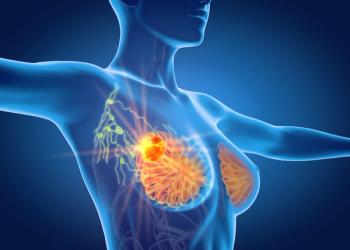
Biagio Ricciuti, MD, Discusses Correlative Analysis of PD-L1 Expression in NSCLC Treated With Pembrolizumab Monotherapy
Biagio Ricciuti, MD, spoke about results of pembrolizumab monotherapy administration in patients with non–small cell lung cancer who had a PD-L1 tumor proportion score of 90% or more.
Biagio Ricciuti, MD, of the Lowe Center for Thoracic Oncology at Dana-Farber Cancer Institute, spoke with CancerNetwork® at the
Transcript:
We were interested to identify patients with NSCLC whose tumors underwent immunofluorescence, which allowed us to explore the proportion of immune cells in the tumor. While those patients with PD-L1 expression of 90% to 100% had an increased number of CD8-positive and PD-1–positive T cells in the tumor, this enrichment was significantly higher compared with the population of 50% to 89%. This suggests that these tumors may reach immune cells and therefore can potentially elicit a strong antitumor immune response. In addition to looking at the immunophenotype [in these tumors], we also performed comprehensive genomic profiling. We compared the genomic features of tumors with a PD-L1 expression of 50% to 89% and 90% to 100%. From this comparison, we learned that tumors with the PD-L1 expression of 90% to 100% were significantly less likely to harbor mutations in genes that have been shown previously to correlate with resistance to immunotherapy such as STK11, KEAP1, FBXW7, and others. Overall, this suggested that these tumors with very high PD-L1 expressions may have unique immunophenotypic features, in addition to the biomarker itself, and may continue to explain why these patients derive benefit from immunotherapies.
Reference
Ricciuti B, Elkrief A, Alessi J, et al. Three-year outcomes and correlative analyses in patients with non–small cell lung cancer (NSCLC) and a very high PD-L1 tumor proportion score (TPS) ≥ 90% treated with first-line pembrolizumab. J Clin Oncol. 2022;40 (suppl 16):9043. doi: 10.1200/JCO.2022.40.16_suppl.9043
Newsletter
Stay up to date on recent advances in the multidisciplinary approach to cancer.

















































































